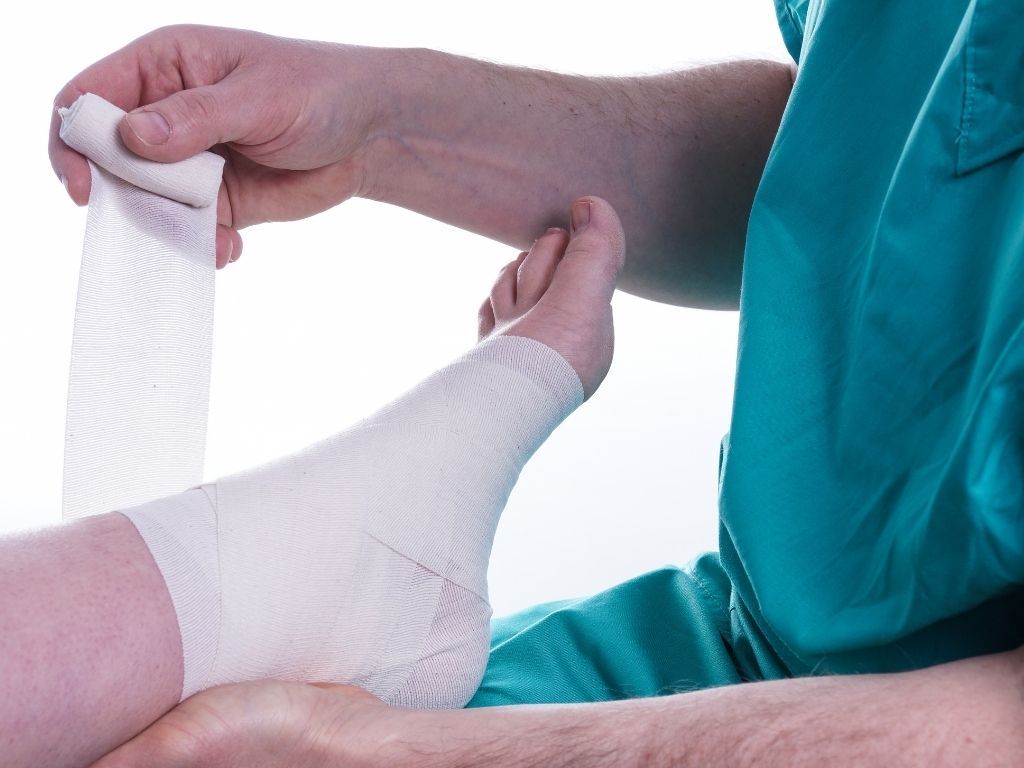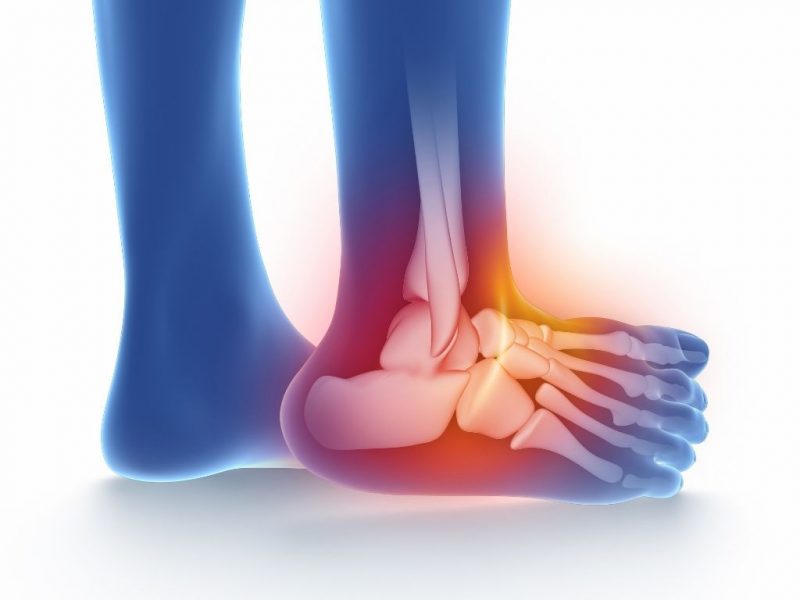Even one false step or a clumsy move can result in a sprain or dislocation. Moreover, an injury like this can make our life miserable for weeks. It can occur in the shoulders, ankles, knees, or elbows. The most important thing is not to put pressure on the injured limb, but unfortunately, we might have to visit the emergency room after an accident like this.
You can read in this article about the following topics:
- What are dislocations and sprains?
- Symptoms of dislocation and diagnosis
- Treating dislocations and sprains
- When to see a specialist?
What are dislocations and sprains?
Dislocation occurs when extreme force is put on the joint and it dislocates the articular cartilage of the joints (head of the bone and socket). When a complete dislocation (luxation) occurs, the head of the bone is all the way out of the socket, and the deformity is clearly visible.
When a sprain occurs, the joint space widens, the joint capsule and ligaments stretch, but the head of the bone remains inside the joint.
The biggest difference between a dislocation and a sprain is that with a sprain, the head of the bone stays in the socket, and the bone ends are not damaged. Sprains are considered less severe than dislocations, but there are also more serious cases. The mildest form of a sprain is when the joint ligaments stretch. The injury is more serious if they are partially torn, but in the most severe cases, they are completely torn. In addition, muscle and bones injuries can occur. Sprains are accompanied by severe pain, swelling, and bruising.
In case of a dislocation, the damage to the joint capsule and ligament is severe and is accompanied by intense pain.
The most common are sprains of the ankle joint, shoulder joint, elbow joint, and knee joint. Partial sprains usually occur in the ankle joints and shoulder joints.
Repeated dislocations make the joint capsule and ligaments stretch, causing dislocations to occur more easily.
Symptoms of dislocation and diagnosis
Sprains cause severe pain, swelling, and in some cases bruising. The joint is still mobile, but the range of motion is restricted. X-rays and a physical examination can diagnose a sprain.
Dislocations cause severe pain, swelling, and reduced mobility, but the deformity is quite visible. In case of a dislocated knee, even arterial injury can occur. It can be diagnosed with a physical examination and X-rays.
Treating dislocations and sprains

With dislocations and sprains, the most important thing is to rest the joint. Cooling the injured joint, elevating the injured limb, and wearing a sling with a shoulder injury can also be effective.
The joint can be stabilized with bandages, but it shouldn’t be tied to a solid surface (e.g., a tree branch, rod).
It is also forbidden to reduce the dislocation, as it can damage the joint socket or ball, which can lead to nerve and vessel damage.
When to see a specialist?
Visit a trauma clinic if
- the limb remained in an abnormal position,
- the injured person is in severe pain,
- the pain doesn’t go away in 1-2 days and the swelling doesn’t subside
- the damaged area is cool or discoloured, or if
- numbness, stiffness occurs.
In addition to X-rays, your doctor may order other medical imaging tests (ultrasound, MRI, arthroscopy) to determine the extent of the injury, which dictate the course of treatment.
If the ligaments are also torn when the sprain occurs, the limb may require plaster or surgery.
With a dislocated joint, the doctor puts the ball of the bone back to the socket (reduction) then stabilize the injured joint with a plaster cast. A dislocated shoulder joint can’t be plastered, so the only solution is to wear a sling. A reduction procedure is performed under anesthesia.
Your doctor may also recommend physiotherapy as adjunctive therapy to help tissue regeneration. In addition, physical therapy is the perfect tool to strengthen the muscles and joints.

